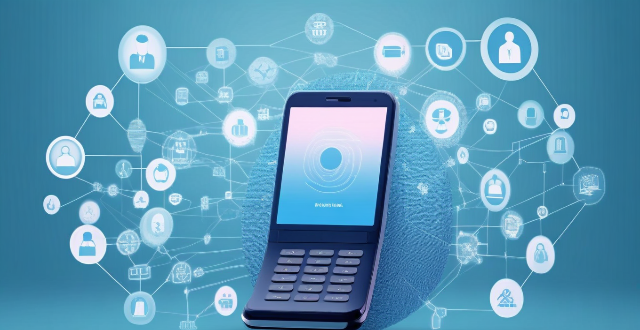Mobile phone privacy protection is crucial in today's digital age. Best practices include using strong passwords or biometric authentication, regularly updating devices and apps, installing security software, being cautious with public Wi-Fi networks, reviewing app permissions, backing up data, using two-factor authentication, being wary of phishing scams, and limiting personal information shared online. By following these best practices, individuals can enhance their mobile phone privacy protection and reduce the risk of falling victim to cybercriminals.

Best Practices for Mobile Phone Privacy Protection
Mobile phone privacy protection is crucial in today's digital age. Here are some best practices to help you protect your privacy on your mobile device:
1. Use a Strong Password or Biometric Authentication
- Use a strong password that is difficult to guess.
- Enable biometric authentication (fingerprint or facial recognition) for added security.
2. Regularly Update Your Device and Apps
- Keep your operating system and apps up to date with the latest security patches.
- Install updates as soon as they become available.
3. Install Security Software
- Use reputable security software to detect and prevent malware attacks.
- Regularly scan your device for any potential threats.
4. Be Cautious with Public Wi-Fi Networks
- Avoid using public Wi-Fi networks for sensitive activities like online banking or shopping.
- Use a virtual private network (VPN) to encrypt your internet connection when using public Wi-Fi.
5. Review App Permissions
- Only grant necessary permissions to apps, such as location, camera, or microphone access.
- Regularly review and revoke unnecessary permissions from apps.
6. Back Up Your Data
- Regularly back up your data to an external storage device or cloud service.
- Encrypt your backups to protect your sensitive information.
7. Use Two-Factor Authentication
- Enable two-factor authentication for your important accounts, such as email and social media.
- This adds an extra layer of security by requiring a second form of verification, such as a code sent to your phone.
8. Be Wary of Phishing Scams
- Don't click on suspicious links or download attachments from unknown sources.
- Be cautious of emails or messages asking for personal information or login credentials.
9. Limit Personal Information Shared Online
- Be mindful of the personal information you share on social media platforms.
- Avoid sharing sensitive information like your full name, address, or phone number online.
By following these best practices, you can significantly enhance the privacy protection of your mobile phone and reduce the risk of falling victim to cybercriminals.